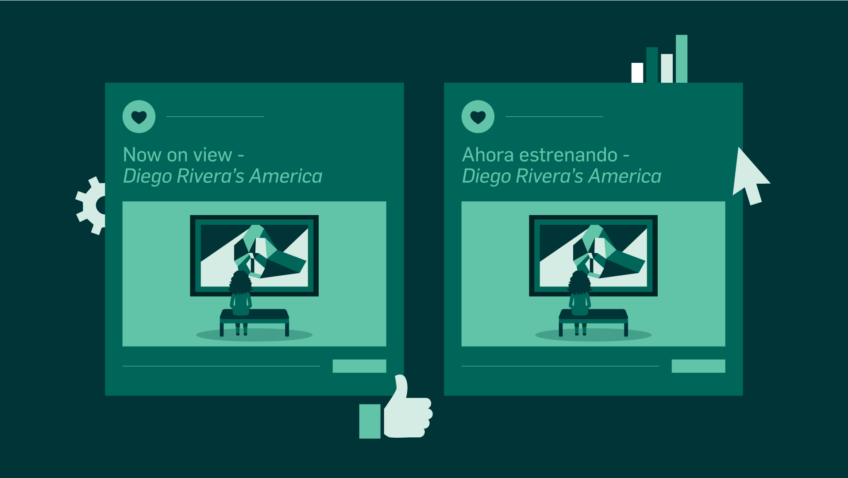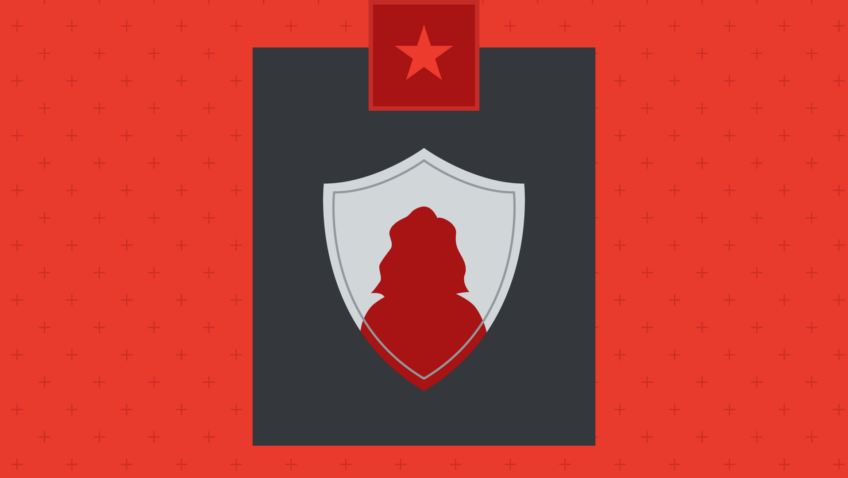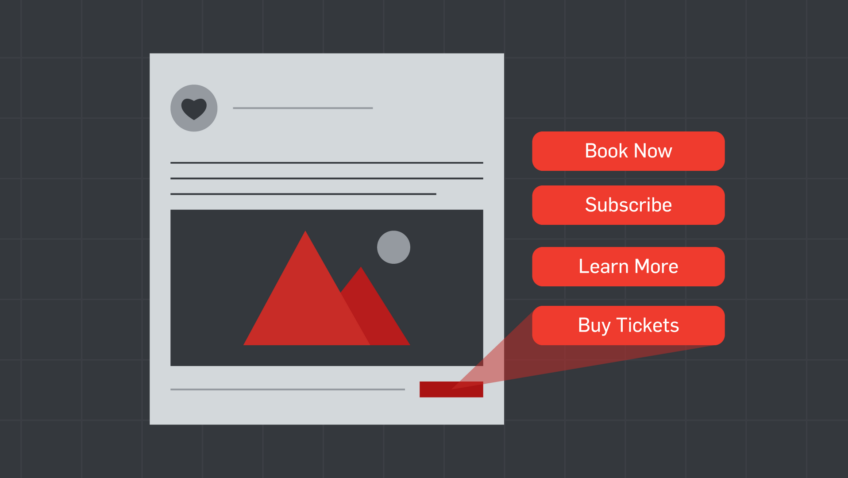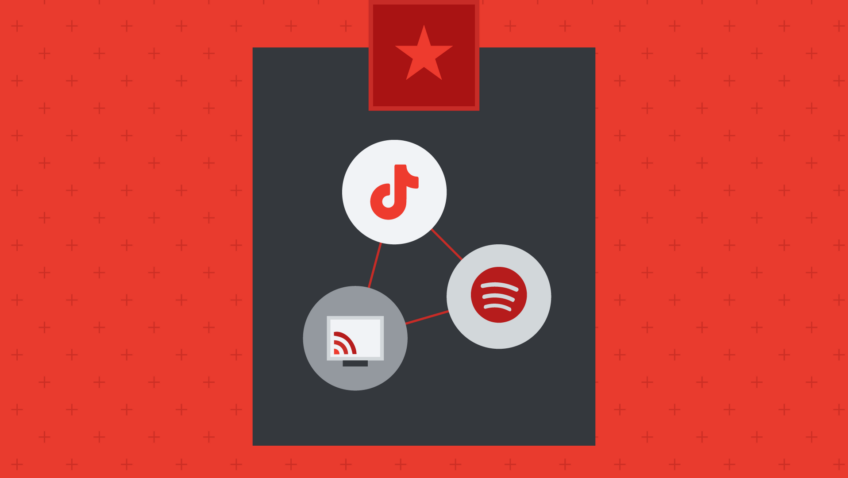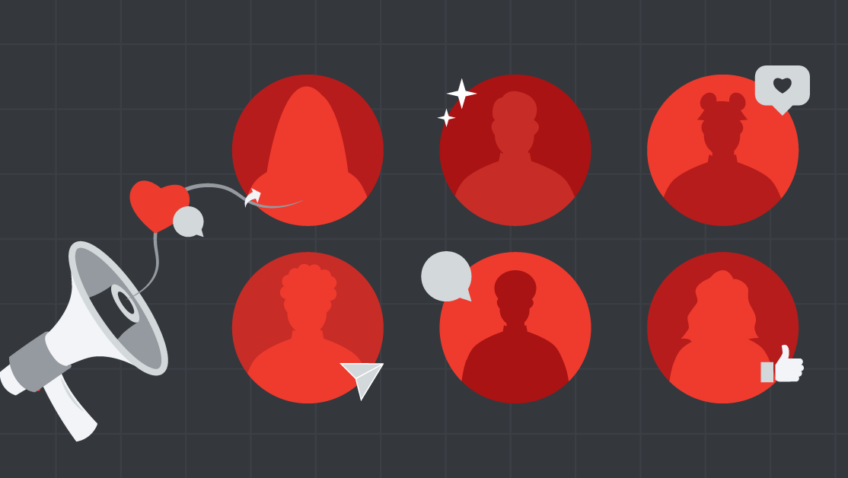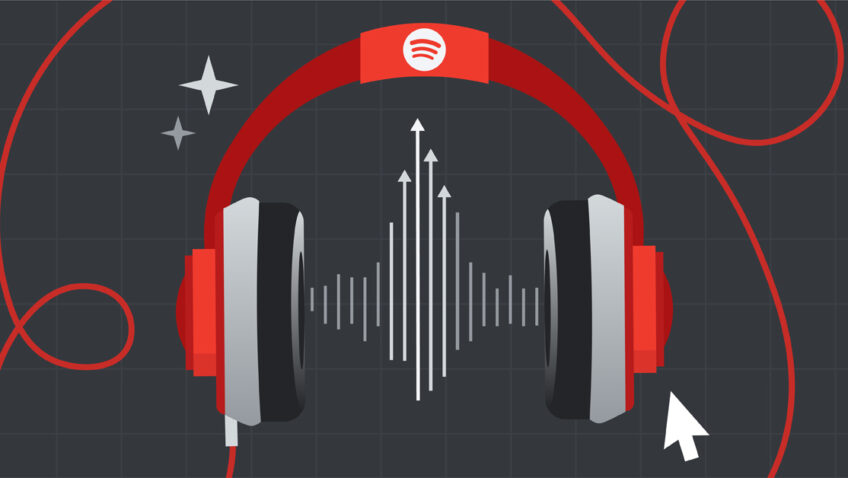3 Ways Twitter is Shaping the 2016 Elections
Twitter is one of the world’s most important digital communications channels with 310 million monthly active users. Since its launch in July 2006, Twitter has been embraced by all levels of political campaigns across the globe, helping elect candidates like Barack Obama and oust dictators like Hosni Mubarak.
Although Twitter’s growth has peaked, it remains a vital channel to communicate your message quickly, to a huge audience, from anywhere.
Here are three ways Twitter is shaping the 2016 Presidential Race:
1. Media Narrative Driver – What happens on Twitter doesn’t stay on Twitter. While Twitter has become less active in recent years, it’s become more visible through media coverage. Journalists, bloggers, editors, and other “thought leaders” spend more time than they’d admit on TweetDeck sourcing stories and sharing ideas. This gives campaigns that are active on Twitter the opportunity to constantly message these influencers.
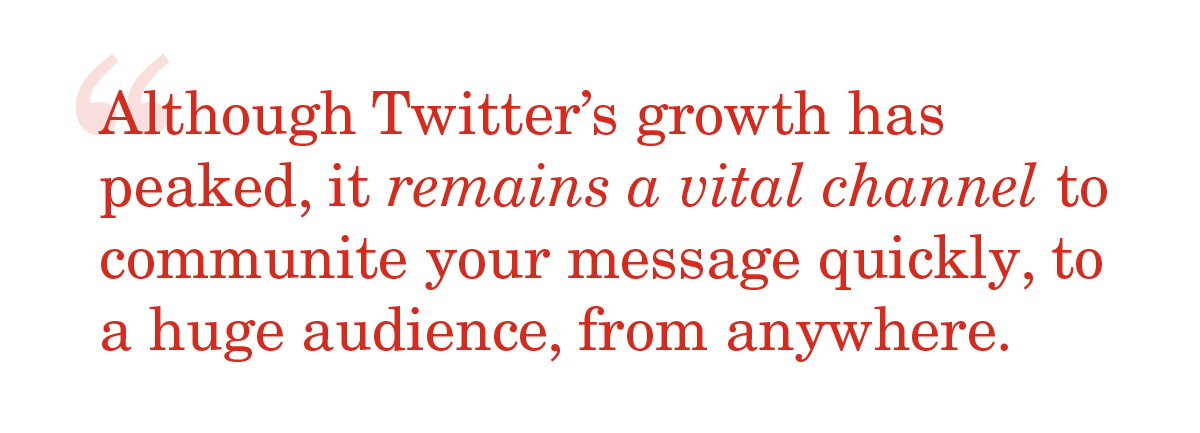
Here are some examples of campaigns driving a larger media narrative using Twitter during campaign 2016:
- Delete Your Account: Clinton’s June 9th Tweet telling Donald Trump to delete his account, after he mocked Clinton’s Obama endorsement, quickly became one of this election year’s most shared pieces of social media. It’s not just the social statistics that are impressive, media outlets wrote many thousands of articles covering the sick burn and it won Clinton points with voters who don’t consider her hip.
Delete your account. https://t.co/Oa92sncRQY
— Hillary Clinton (@HillaryClinton) June 9, 2016
- Elizabeth Warren’s Tweetstorms: Senator Warren reminds us how to ignore Twitter’s character limits and tweet longer, substantive ideas. She’s unleashed brutal Tweetstorms attacking Trump several times during the campaign, which were published in full by media outlets.
- Donald Trump: Nobody knows how to generate publicity from Twitter like Donald Trump. Google Trends & News show interest in Donald Trump’s Twitter vastly outpaced Clinton, Sanders, and even Taylor Swift. Although much of the coverage was rightly negative, he was able to push story after story, which helped add to his historic sheer volume of media attention.
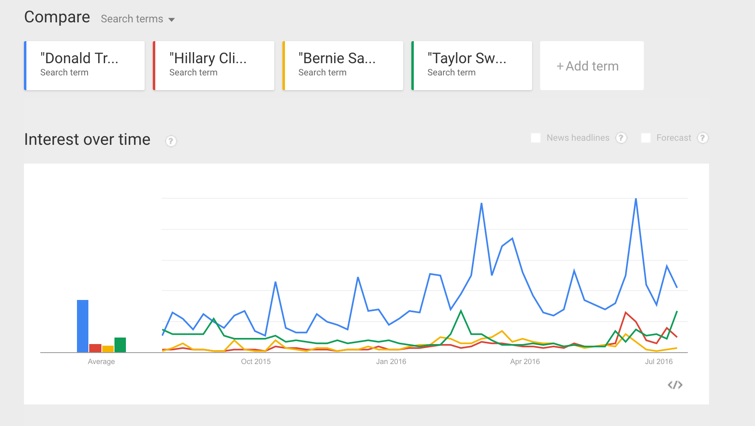
Arts organizations should understand that Twitter is a source for journalists looking for story ideas and is one of the best ways to communicate your narrative to the media. Make sure that you follow and engage with journalists and media companies who have covered your organization before or are on your target list for coverage.

2. Hashtags As Brand – #FeelTheBern: Bernie Sanders dominated Twitter during the Democratic Primary, with younger, plugged in supporters energizing his digital campaign. Although adopted by the campaign, #FeelTheBern was created by a supporter, Winnie Wong. Her hashtag was a clever, nimble way for Sanders supporters to organize, fundraise, celebrate victories, and recover from defeats. It’s earned its place as one of the strongest and most recognizable campaign brands in the modern era.
Arts organizations should be thoughtful about campaign and show hashtags. Make sure it’s something both memorable and direct. The best hashtags can be used in all sorts of situations and works as part of a sentence. (Like “I #FeelTheBern!)
3. Amplifying Organizers – Hillary Clinton in Iowa: When I worked as a field organizer in Iowa and New Hampshire during the 2004 primary, there weren’t any rules about what we could say on social media, because nobody cared about MySpace. In 2008 however, field organizers didn’t feel empowered to use social media as a real organizing tool.
Clinton’s 2016 strategy allowed for organizers to use the power of social media to communicate and organize locally. Encouraging her staff on the ground to tell their stories made the campaign feel more vibrant and authentic. Telling stories from the bottom up makes for more interesting, human content, which is something all organizations can learn from. Additionally, in a world where so many Millennials don’t have home phones, Twitter might be an easier way to communicate with them.
Empower everyone in your staff, from top to bottom, to support your organization over social media. Build a list of staff and Retweet the best content about your organization. A diversity of voices supporting your brand is key to making interesting Twitter content.
These are just 3 ways Twitter has influenced the 2016 elections. My session at Digital Marketing Boot Camp for the Arts focused more broadly on the campaign’s digital strategy and what arts organizations can learn from them.
Ryan Davis is the Co-Founder & Strategy Director of Bushwick Digital and Managing Director of Digital, Families for Excellent Schools.

